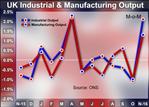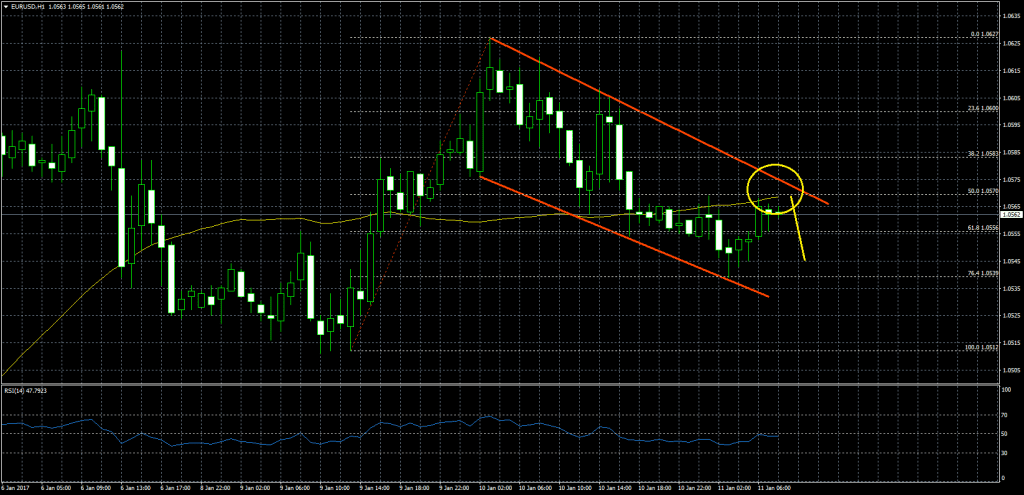New traders typically face a choice of whether they will trade forex or binary options. They may also consider stocks or futures, but since these endeavours are more capital intensive, forex and binary options are the most accessible to the average person. Although you can use the same charts for forex and binary trading, there are several differences between the two and these differences will likely appeal to different traders. Before trading either market with real money it is important to have a plan for trading, a reliable trading method and sound position management.
Similarities
Before looking at how forex trading and binary options trading differ, let’s first address some general ways in which they similar.
Both are tradable online and typically anytime the underlying asset market is open. For the forex market and binary forex options (usually) this means trading takes place around the clock during the week.
You can begin trading either market with a small amount of capital, usually around $100, sometimes less. Since you don’t want to risk a lot on each individual trade (see: Determining Binary Options Position Size) likely you will want to start out with more trading capital than $100 though.
Both allow you make or lose money based on which way the asset moves–currency or otherwise.
Both are tradable on short-term time frames, although with forex trading you can also take long-term positions.
Traders can automate both types of trading. Automated binary and forex trading have experienced tremendous rise in last few years. There are some highly successful binary options software in the market which can generate steady profits.
Differences
There are also major differences between forex trading and binary options trading.
One major difference is that with binary options the risk and profit potential are both fixed at the outset of the trade. For example if a binary option pays out 80% to winning traders, then you know that if you place $10 on a trade, you will either lose your $10 or make $8 (and of course you keep your initial $10 as well).
Forex trading is more variable. This can be good or bad depending on how the trader trades. A stop loss can be used to control risk, but market conditions may prevent the order from being executed at the expected price resulting in a larger than expected loss. If a stop loss is not used, then the risk of the trade is unknown. A profit target can also be used to take profits at a certain price or percentage level, but there is no guarantee that price will be hit.
Binary options trading is simpler than forex trading because there is no variability, you know your risk and profit potential and when the option expires you either lose or gain the pre- determined amount. With forex trading you don’t know your ultimate risk and profit until you close the trade. But this can also be an advantage depending on your trading level as the fixed risk and profit of binary options offers little flexibility in customizing risk relative to reward.
The risk and reward profiles for forex trading and binary options are also drastically different. With the forex market you can customize your potential reward relatively to risk. For example, you can place a trade and place a stop loss order which exposes you to a $100 loss, and at the same time place a profit target at a price which will give you a $300 profit. The trade stays open until one of the orders is hit, resulting in a $100 loss or $300 profit (or close to it).
With binary options trading on the other hand your risk is almost always more than your reward. Binary options typically pay out 60% to 80%, but if you lose usually 100% of the money you placed on the trade is gone.
With binary options you will need a greater than 50% winning percentage on trades to breakeven (about 55% or higher depending on the payouts) and/or make a profit. With forex trading you can actually lose more trades than you win, but since you can customize your reward relative to risk you could end up still making a profit.





